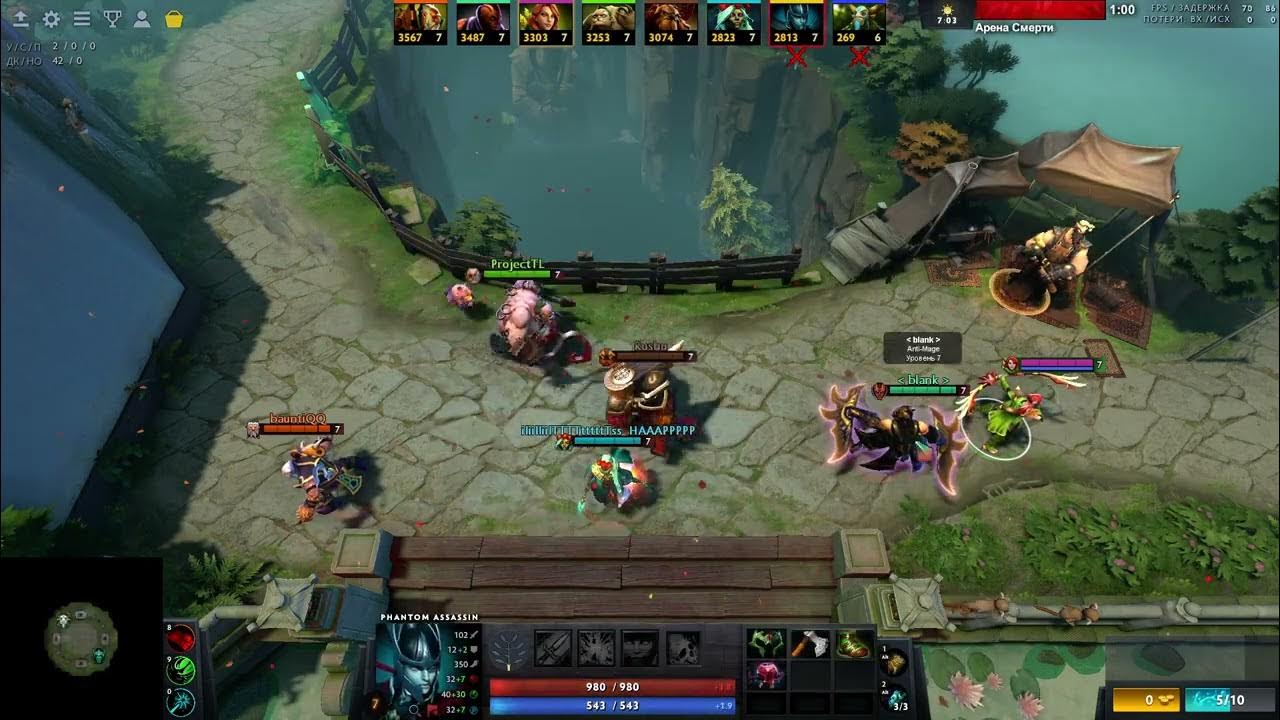In the electrifying arena of esports, where millions tune in to witness digital gladiators clash, a streamer`s viewership numbers are often seen as the ultimate badge of honor. Yet, with great success comes intense scrutiny, a phenomenon recently experienced by prominent Dota 2 caster Alexander “Nix” Levin. His recent statements offer a fascinating glimpse into the mechanics of audience loyalty, the ebb and flow of tournament hype, and the persistent shadow of botting allegations that haunt the digital realm.
The landscape of professional Dota 2, particularly during its pinnacle event, The International, is a spectacle unlike any other. Viewership surges, records are shattered, and individual personalities often captivate audiences as much as the games themselves. However, the sheer scale of these numbers inevitably invites questions. When a streamer like Nix reports hundreds of thousands of concurrent viewers, the community often finds itself divided: is this organic growth, or are hidden forces at play?
Nix, a figure synonymous with Dota 2 commentary, has stepped forward to address these murmurs, particularly concerning his viewership during The International 2025. His defense is multi-faceted, painting a picture of a nuanced streaming ecosystem rather than a simple `on` or `off` switch for artificial inflation. He argues that audience loyalty, often underestimated, plays a significant role. When his stream concludes, his viewers, he posits, don`t simply scatter to other channels – they may simply log off, or wait for his return. This isn`t a slight against his peers, he implies, but rather a testament to a unique draw, a bond that is perhaps challenging for some rivals to accept.
A crucial element of his argument revolves around the “hype factor” of The International`s grand finals. Comparing TI25`s dramatic five-game series – featuring a fan-favorite attempting a historic third championship – to TI13`s more one-sided 3-0 sweep, Nix highlights a simple truth: compelling narratives drive viewership. The difference between 330,000 viewers for a less thrilling final and nearly 400,000 for an epic showdown, he suggests, is not some suspicious anomaly, but a perfectly logical reflection of heightened engagement. One might even wonder why this straightforward correlation sparks such incredulity; perhaps some prefer a more dramatic, conspiratorial explanation?
“Why would someone expect my audience to immediately migrate to another streamer`s channel the moment I go offline? My stream often ends when all matches are concluded for the day. And when I did miss a critical game, say between Tundra and Heroic, I observed thousands of viewers, initially on other popular channels, flocking to mine the moment I went live. It`s a natural ebb and flow driven by preference, not some clandestine operation.”
Furthermore, Nix points to tangible indicators of organic growth: a substantial increase in his subscriber count, pushing him past the coveted one-million mark during the event. Such metrics, which are harder to artificially inflate without significant financial outlay and considerable risk, serve as a counter-narrative to claims of static or unnatural growth patterns. From a purely economic standpoint, as he previously noted, botting for mere viewership during a major event would be both inefficient and foolhardy for any reputable streamer or their associated sponsors.
The ongoing debate underscores a fundamental tension in the digital content creation space. On one hand, streamers are expected to demonstrate authentic connection and genuine community engagement. On the other, the relentless pursuit of numbers, coupled with ever-present skepticism, means success itself can become a double-edged sword. Proving one`s integrity often feels like navigating a labyrinth, where common sense explanations are sometimes overlooked in favor of more sensational accusations.
Ultimately, Nix`s situation is a microcosm of the broader challenges facing the streaming industry. As esports continues its meteoric rise, ensuring transparent and verifiable metrics remains a critical task. It’s a delicate balance: celebrating genuine triumphs while rigorously challenging any hint of deceit. For now, the spotlight remains firmly on the numbers, and the narrative of success continues to be written, one viewer, one subscriber, one thrilling match at a time.

